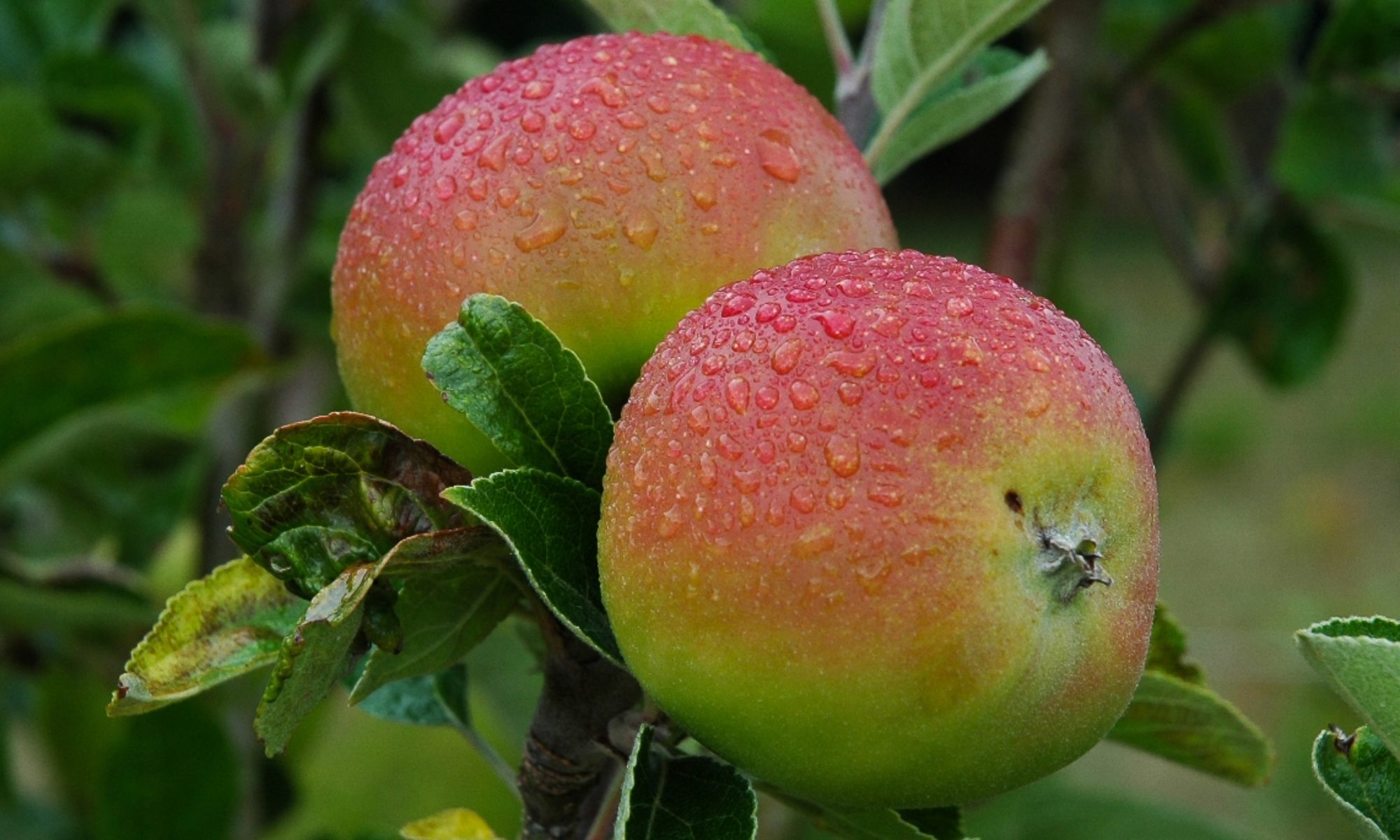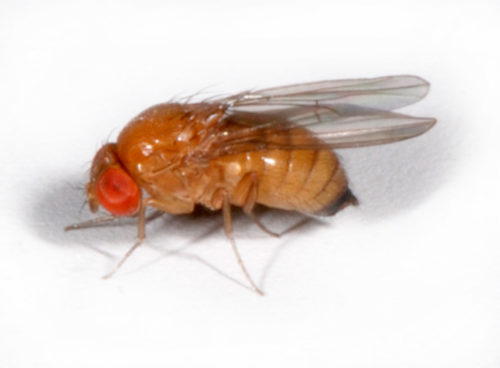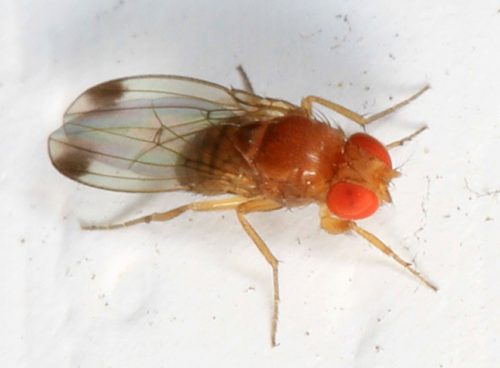The spotted wing drosophila is a fruit crop pest and is a serious economic threat to soft summer fruit.
Also known as:
Spotted-winged Drosophila
The spotted wing drosophila – SWD (Drosophila suzukii) is very similar to several species of fruit and vinegar flies. The female measures about 3 mm; the male is slightly smaller. This fruit fly has red eyes.
The spotted wing drosophila was not seen in Britain for the first time until 2012. This exotic species, native to Southeast Asia, is a threat to fruit production because the females lay eggs in ripe and ripening (soft) fruit.
The fly lays eggs in near-ripe fruit: soft, red fruits (strawberry, raspberry, red currant, cherry). The larvae eat the flesh and the fruit rots. This exotic pest can survive mild winters; in true frost, the spotted wing drosophila dies.
Affected plants
- Zacht fruit:
- Aardbeien
- Frambozen
- Aalbessen
- Kersen
- Druiven
- Pruimen
Remedy
Presence of natural enemies (parasitoid wasp species, predatory bugs and mites) reduce the numbers of Asian fruit flies. Control is evolving: experiments are being made with nematodes and fungi.
Prevention
Clear up tarnished fruit and fallen fruit. A natural form of control is to create flower strips between fruit trees and berry bushes. This attracts the predators of the spotted wing drosophila: earwigs, damsel bugs, spiders and ants.


